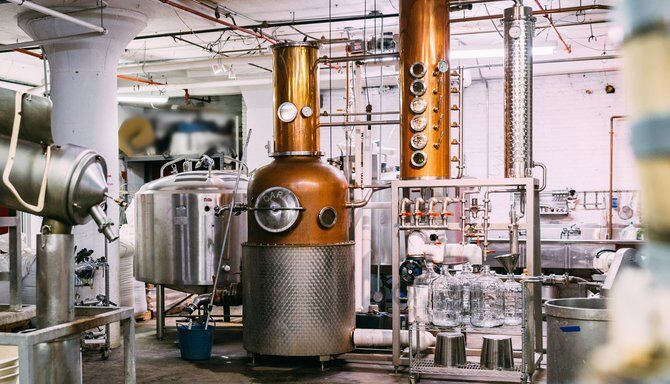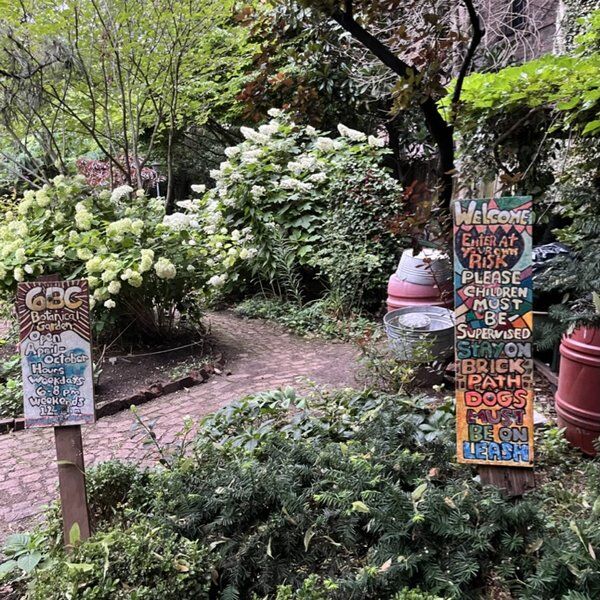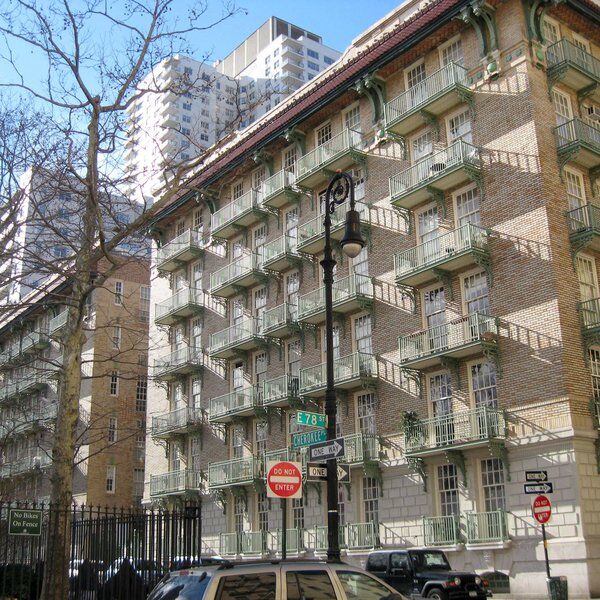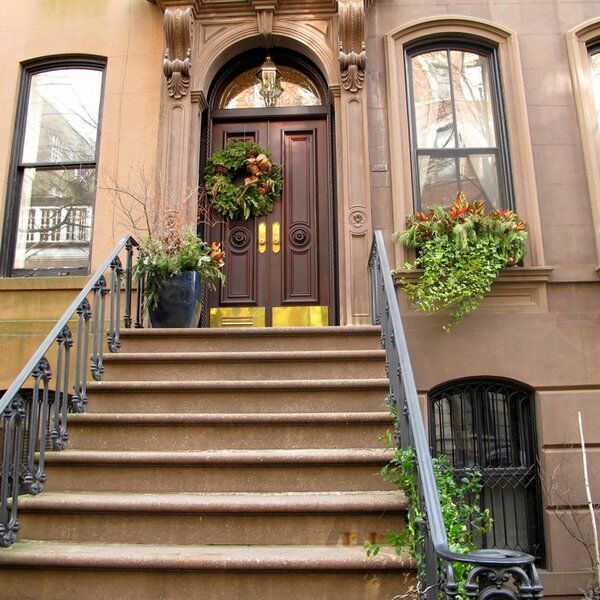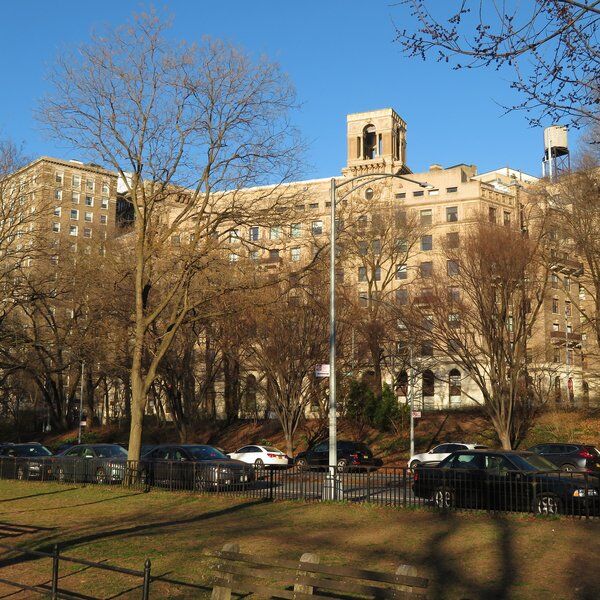In the 1800s, Brooklyn was a thriving hotbed of distilleries and spirit merchants, but then came prohibition.
In January 1920, laws banning the production and sale of alcohol stopped the neighbourhood's booming booze industry dead in its tracks.
100 years later, however, and Van Brunt Stillhouse is reviving the culture of distilling in the historic NY district.
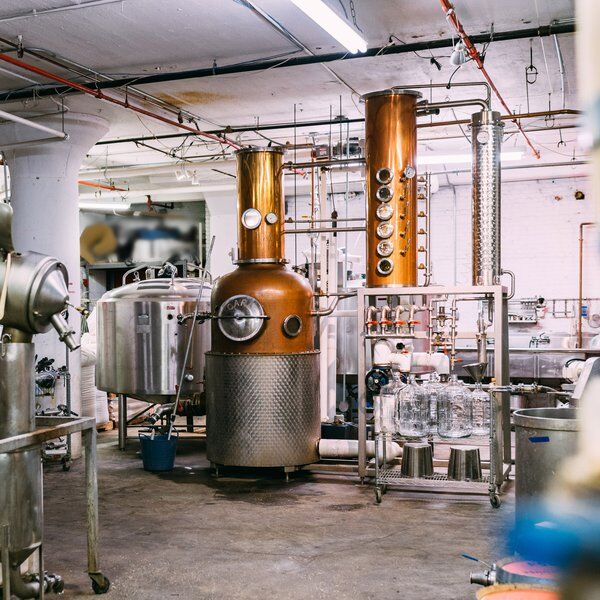
Drinking In The US Before The 30th Century
Since as early as the late 18th Century, alcohol has been a big topic of debate in the US. In 1790, it is estimated, the average American consumed 5.8 gallons (26.36 litres) a year. This only increased over the subsequent decades, peaking at 7.1 gallons/ year (32.28 litres) in 1830.
For perspective, this equates to approximately 1.77 litres of 5% beer, or a little more than a 750ml bottle of 11.5% wine, drank daily for a year.
Drunkenness, of course, can destabilise lives, threaten jobs, cause violence and have devastating effects on physical and mental health. There were good reasons for banning booze.
But, by the time prohibition was passed, these reasons were already becoming less pressing.

Drinking In The 20th Century
By the early 1900s, the alochol consumption had fallen to an average of 2.5 gallons/ year, and this downward trend looked set to continue. Local dry laws and the prohibition movement were in part responsible for this, but an increase in living standards also had a role to play.
The average life expectancy had increased 10 years since the mid 1800s and the GDP per capita had grown 420% since 1830. This, along with the improved availability of clean water, may well have disinclined people from binge drinking.
If there ever was a time for federal prohibition, then it had arguably passed by 1920, when it became law.
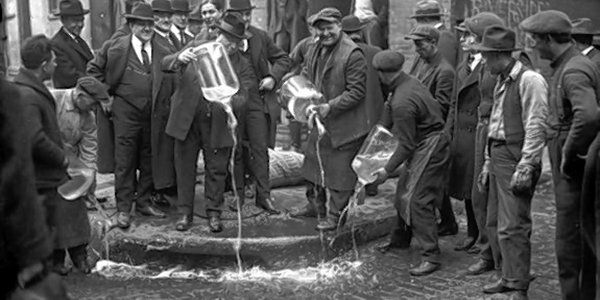
The Effects Of Prohibtion
Bootlegging in the prohibition era has been well documented in popular culture, figures like Al Capone having been made icons. What is less well-known, however, is the effect the new laws had on local business.
The booze industry was responsible for thousands of jobs, but, come prohibition, barmen, distillers and brewers were left with two choices: turn to crime or face unemployment.
Whilst the biggest distilling companies were able to shut-up shop and wait for prohibition to go away, small businesses and the working man suffered.
The Death Of Van Brunt Stillhouse's Predecessors
Prior to the industrial revolution, Brooklyn was a hotbed of local, grassroots distillers. With the arrival of big industry, however, they were left struggling to compete. Prohibition was the final nail in the coffin.
Only business giants could survive the 13 year long wait for alcohol to be legalised again. By the time prohibition was lifted, Brooklyn's local distilling culture was long dead.
Van Brunt Stillhouse: A 21st Century Revival For Small Business
Over the years that followed, huge multi-national brands were allowed to dominate the booze market, and so many others like it. People would buy their products because they were cheap and easy to get hold of, and they'd ask no questions as to quality.
The 2010s, however, saw a change in consumer attitude, at least amongst certain demographics. People no longer want to buy mass-produced rubbish from soulless corporations, they would rather pay that little bit extra for a quality product from a business they can put a face to.
And Van Brunt Stillhouse is one such business.
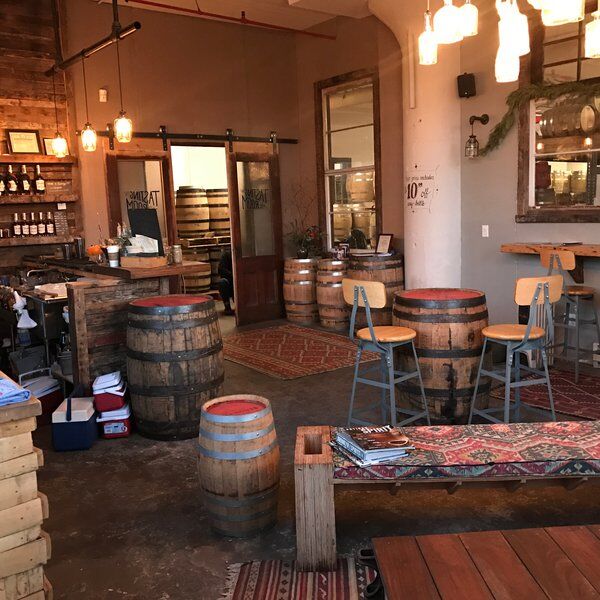
Who Are Van Brunt Stillhouse?
The Brooklyn Stillhouse opened in 2012 with hopes of breathing new life into a distilling tradition that had died with prohibition. It is located in Brooklyn's Red Hook, not far from Red Hook Winery and right across the bay from manhattan's elevated acre.
It is, by and large, a farm distillery, their master distiller coming from a family with a long history of farming. They don't believe in using artifical pesticides and herbicides and, unlike the big distillers, they use an abundance of speciality malts to give their products distinct flavours and personalities.
The Liquor Of Van Brunt Stillhouse
Now, to the good stuff.
Van Brunt Stillhouse currently have a range of eight different whiskeys, ranging from their standard 'American Whiskey', which features floral undernotes, the fresh oak sweetness of bourbon and a hint of tobacco, to a Single Malt, a White Rye and a Maple Bourbon.
On top of this, they also offer a vodka, and a rum with notes of vanilla and molasses, designed to 'recall grandmother's cookies'.
Delicious.
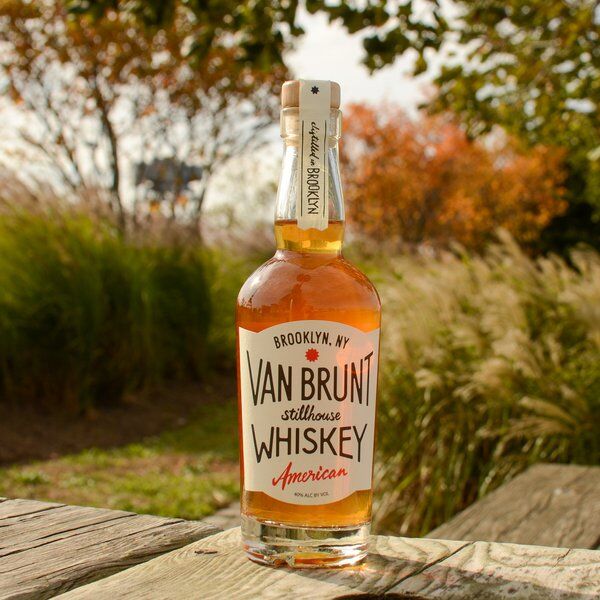
Interested in finding more places like this? Try one of our Scavenger Hunts in New York City - untangle cryptic clues as a team, as you are taken on a journey to the most unique, unusual and bizarre corners of NYC.
